'Stonehenge of the North' saved for the nation
The future of the Neolithic site at Thornborough Henges — which has been dubbed 'The Stonehenge of the North' — has been secured, and the site saved for the nation. Annunciata Elwes reports.

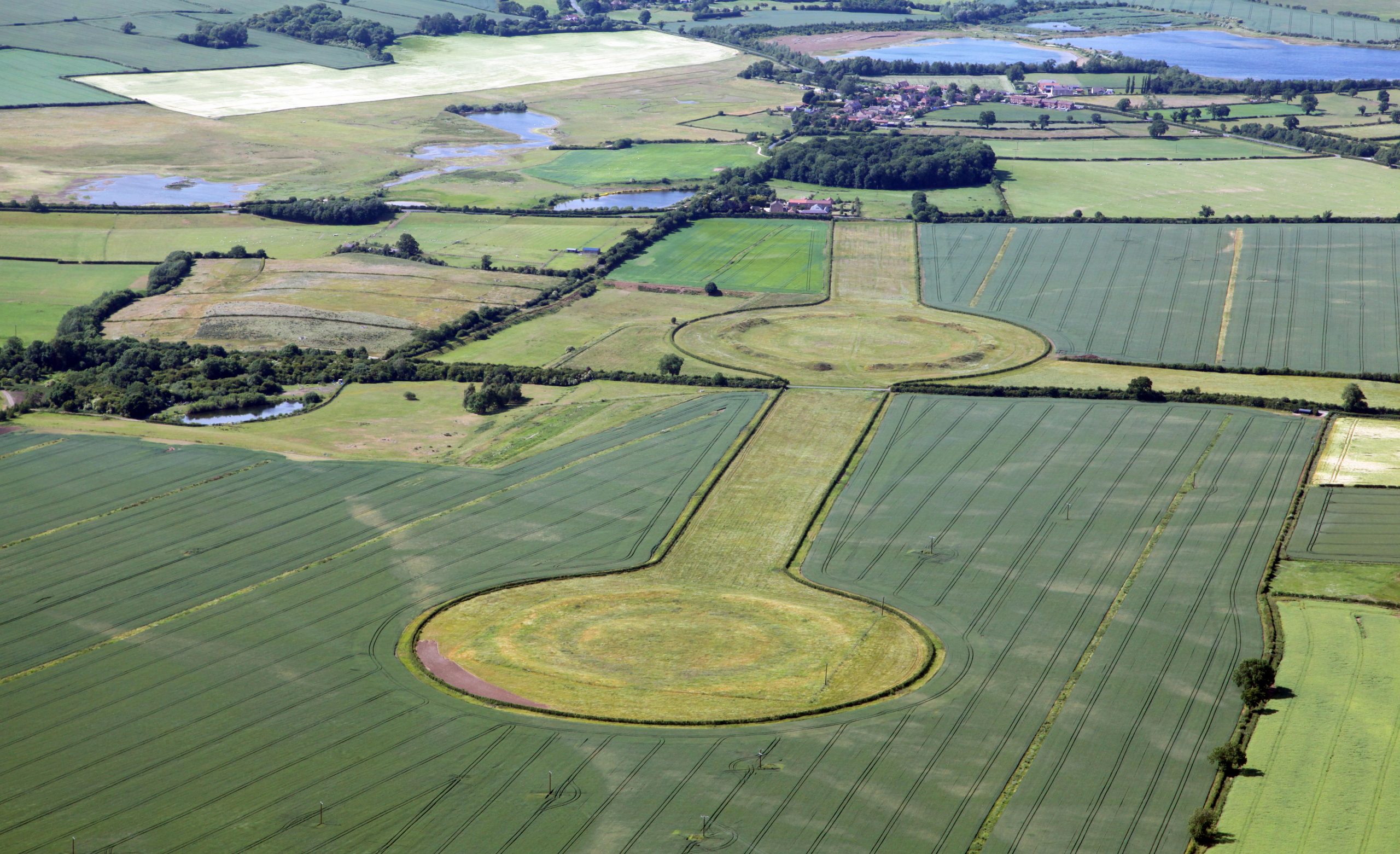
This time last year, the general public had little knowledge of Thornborough Henges — a series of three interlinked henge earthworks, each more than 656ft in diameter and dating back to 3,500BC–2,500BC, where once thousands of people gathered for ceremonies — near Ripon in North Yorkshire.
Now, the site is referred to as the ‘Stonehenge of the North’, following a triumphant 12 months that saw English Heritage open two out of the series of three henges to the public for the first time — after the land was handed over by construction companies Tarmac and Lightwater Holdings.
The third henge was acquired just this month.
[LISTEN: Britain's stone circles and henges, with Professor Vicki Cummings]
The purchase was made possible by a grant of £150,000 from The National Heritage Memorial Fund, as well as support from Jamie Ritblat and family and The SCS Trust. Now, for the first time in 1,500 years, this ‘remarkable survivor from the prehistoric past, from deep, deep history’, has a single owner.
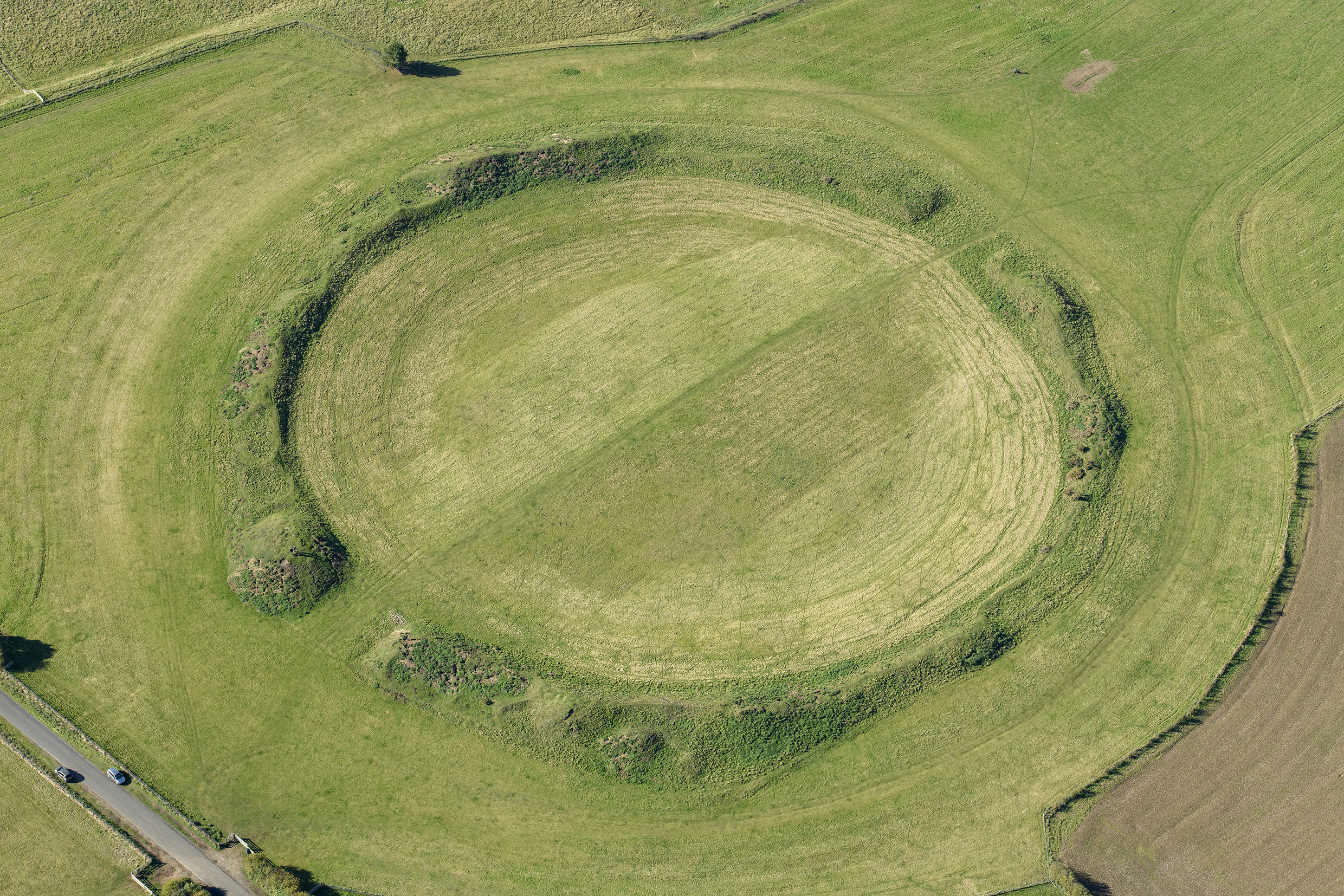
‘We are incredibly proud,’ says Gerard Lemos, chair of English Heritage.
‘Reuniting the henges like this means that the public is now able to explore all three and re-connect with the people who gathered here 4,500 years ago.’
Exquisite houses, the beauty of Nature, and how to get the most from your life, straight to your inbox.
The northern henge — the one most recently acquired — is actually the best preserved of the three (indeed, one of the best preserved henges in the country), as the central and southern henges have been farmed. Evidence shows that, once, all three of the huge circular banks were covered in gypsum crystals and ‘would have glowed white for miles around’.
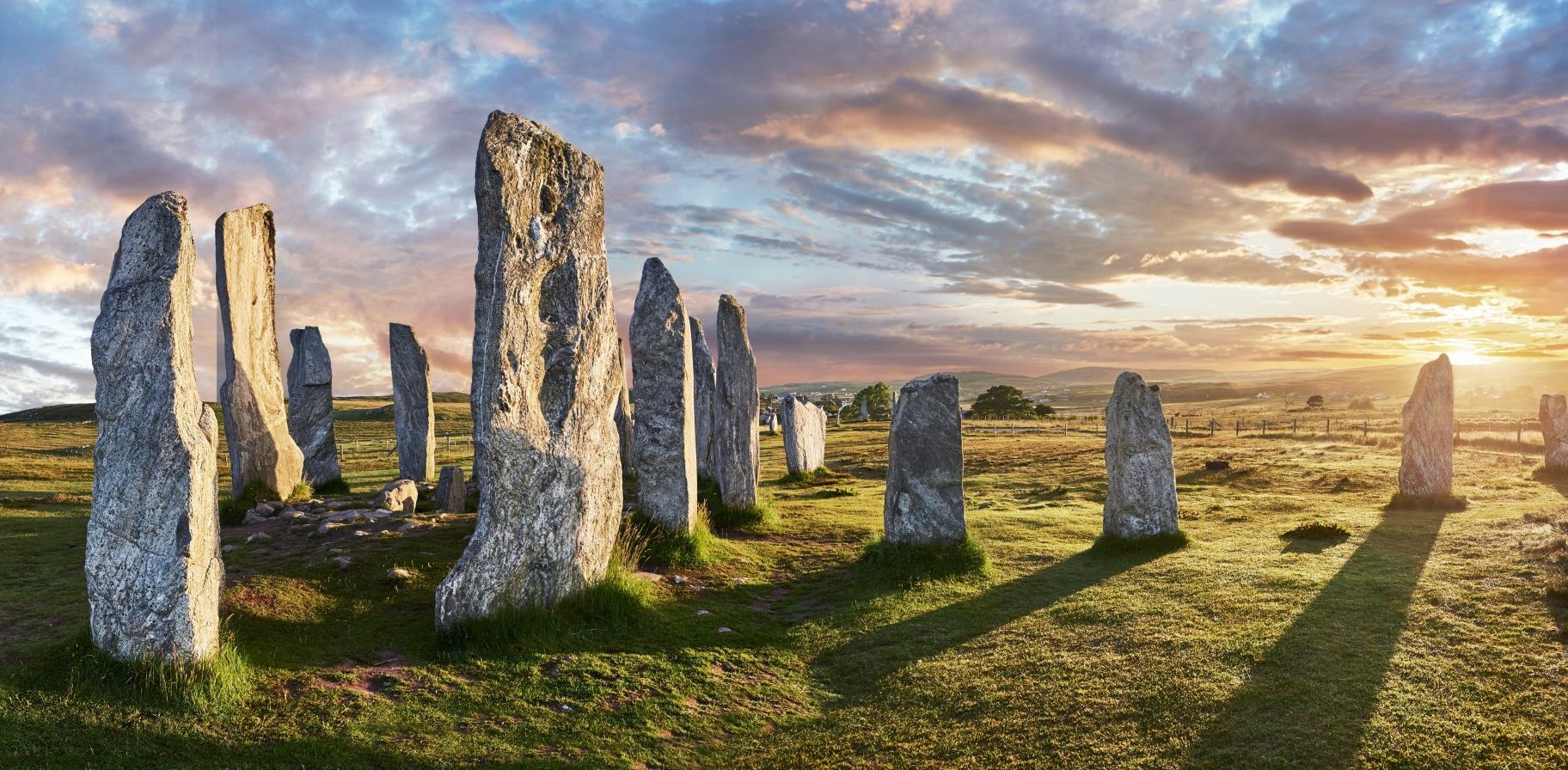
Stonehenge, Avebury and the stone circles of Britain, with Professor Vicki Cummings
One of Britain's top experts on stone circles, Professor Vicki Cummings, joins the Country Life podcast.

Beyond Stonehenge: The lesser-known stone circles of Britain
More likely to be ovals, arcs or ellipses, the origins and purposes of our myriad mysterious and sacred stone circles
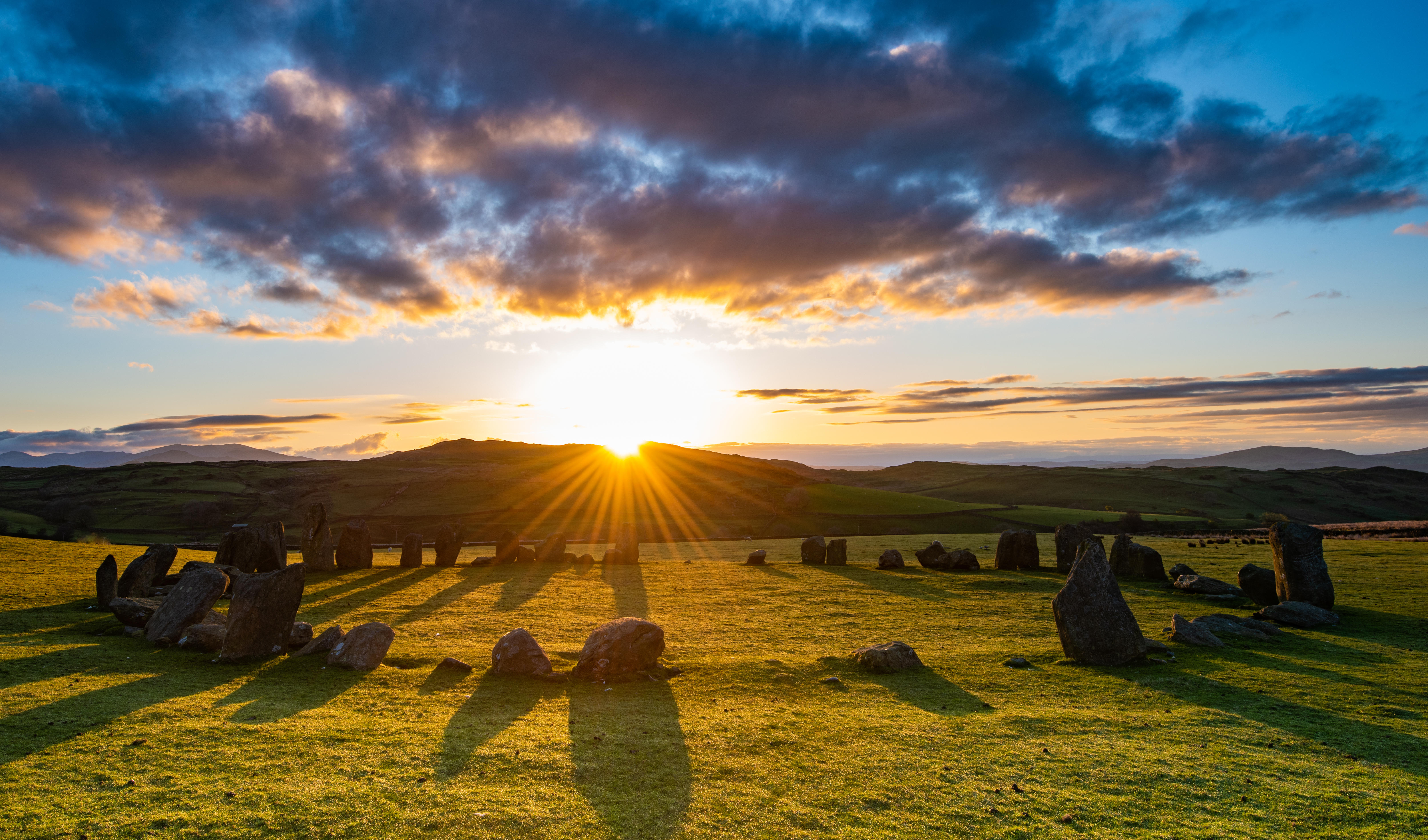
Swinside Stone Circle, Cumbria: The 'mini-Stonehenge' which sprang up overnight
The Swinside Stone Circle is little visited, despite its chilling origin story.
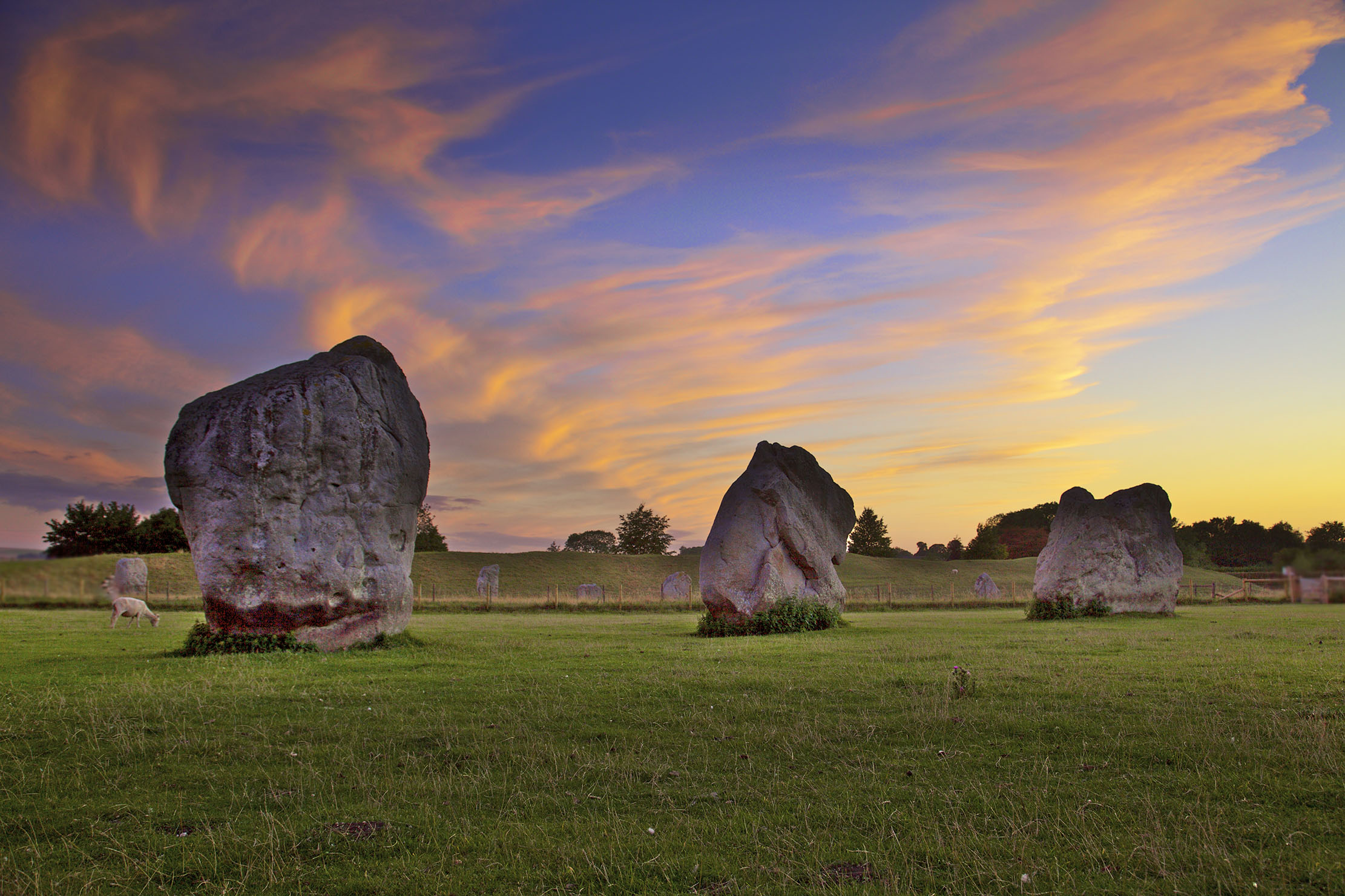
Avebury stone circle in the time of Covid: 'It’s so quiet I have the stone circles almost to myself'
Fiona Reynolds takes a walk through the normally-busy Neolithic stone circle, discovering things not normally noticeable among the crowds of
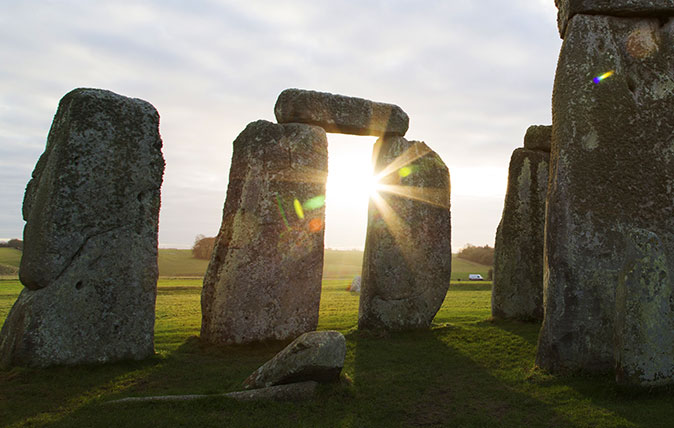
Credit: Rex
Celebrating 100 years since Cecil Chubb donated Stonehenge to the nation
Friday 26 October 2018 marks the centenary of Cecil Chubb's magnanimous gesture: turning Stonehenge over to the care of the
Annunciata is director of contemporary art gallery TIN MAN ART and an award-winning journalist specialising in art, culture and property. Previously, she was Country Life’s News & Property Editor. Before that, she worked at The Sunday Times Travel Magazine, researched for a historical biographer and co-founded a literary, art and music festival in Oxfordshire. Lancashire-born, she lives in Hampshire with a husband, two daughters and a mischievous pug.
